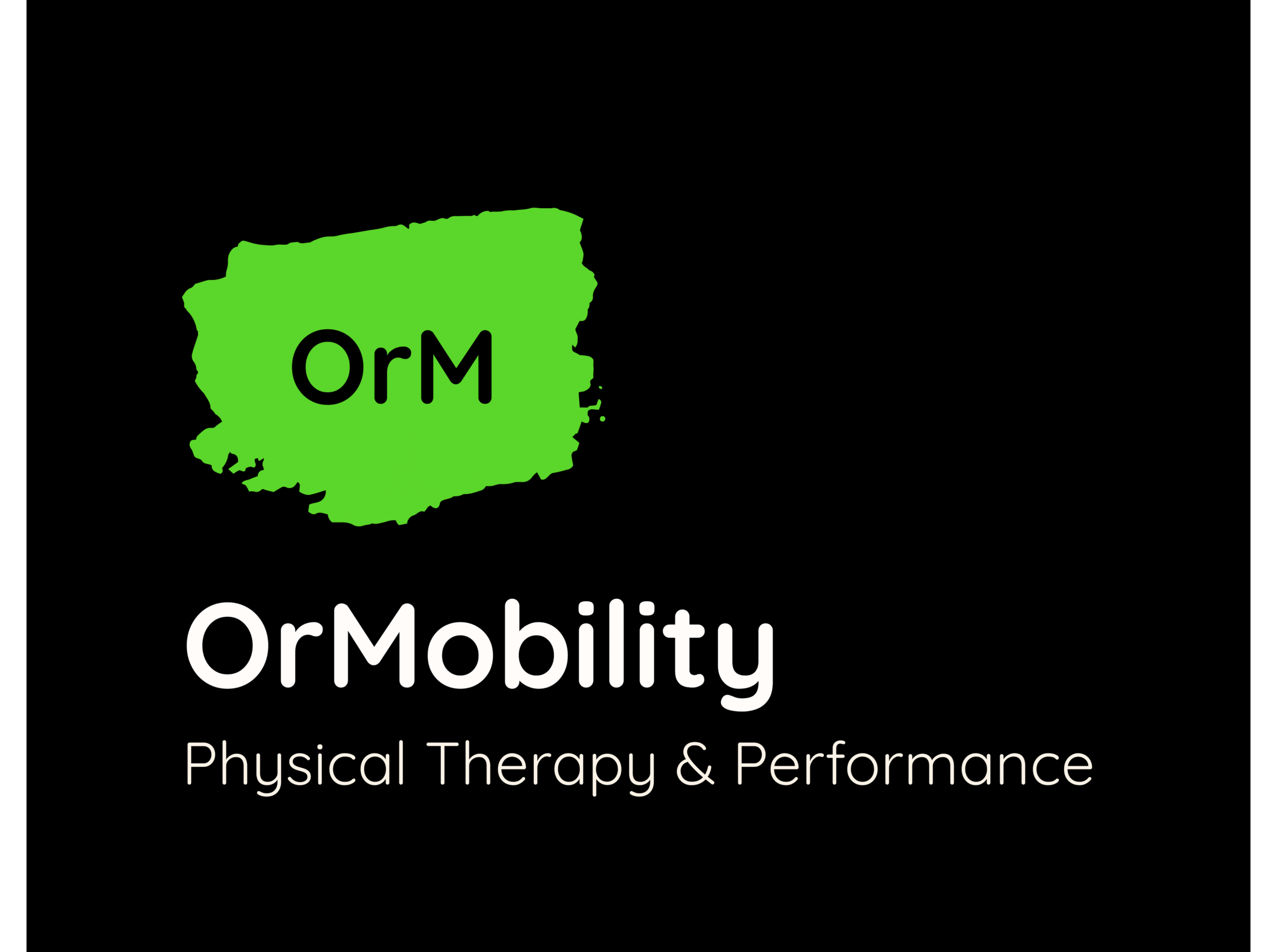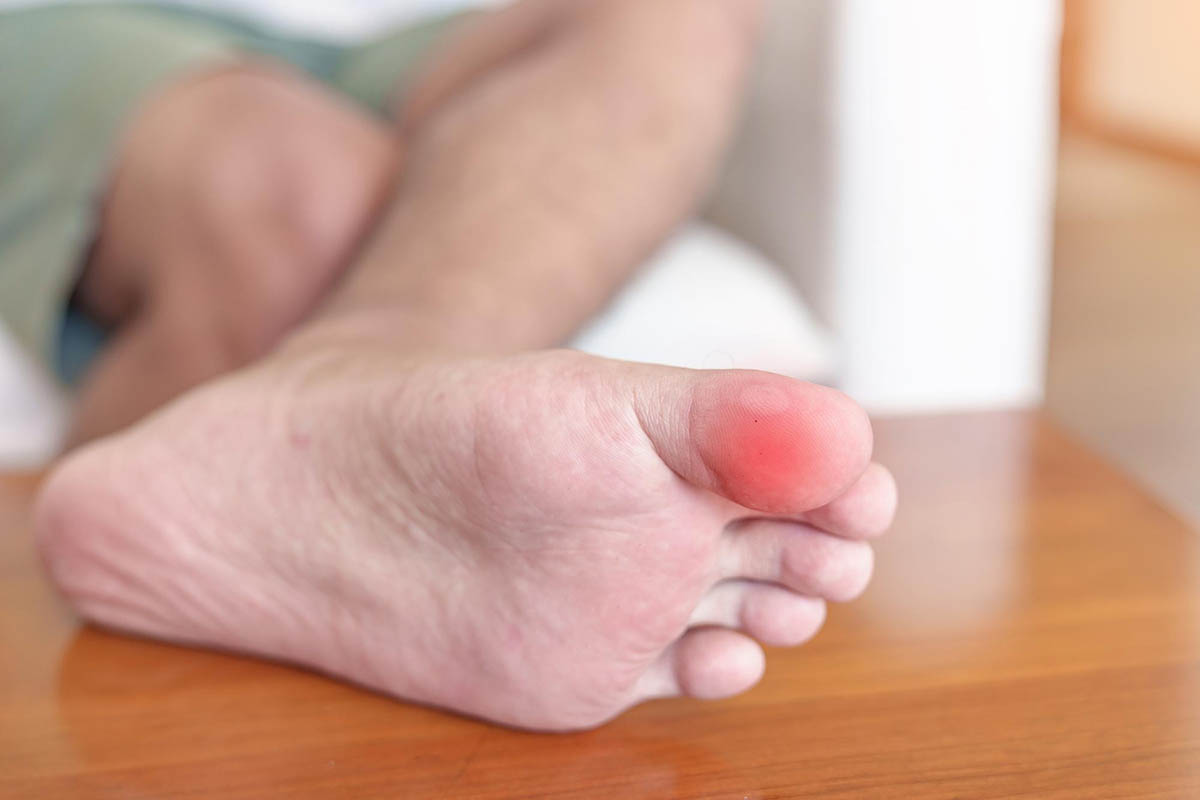Managing Inflammation in Feet, Toes, and Hands: Holistic Approaches for Relief
Inflammation in the feet, toes, and hands can be both painful and debilitating, impacting daily activities and overall quality of life. At OrMobility Physical Therapy & Performance in Roseburg, Oregon, we understand the importance of managing inflammation in these areas to promote optimal health and wellness. In this blog post, we’ll explore how sleep, nutrition, movement, and stress reduction techniques can effectively manage inflammation in the feet, toes, and hands.
Understanding Inflammation in Extremities
Inflammation is the body’s natural response to injury, infection, or irritation. In the feet, toes, and hands, inflammation can occur due to various factors, including:
- Overuse or Injury: Repetitive movements or acute trauma can lead to inflammation in the joints, muscles, and tissues of the feet, toes, and hands.
- Arthritis: Chronic conditions like rheumatoid arthritis and osteoarthritis can cause inflammation and stiffness in the joints of the extremities.
- Infections: Bacterial or fungal infections can result in inflammation and swelling in the feet, toes, and hands, especially if left untreated.
- Autoimmune Disorders: Conditions such as lupus or psoriatic arthritis can trigger inflammation in multiple joints, including those in the extremities.
- Poor Circulation: Reduced blood flow to the feet, toes, and hands can contribute to inflammation and discomfort.
Holistic Approaches to Managing Inflammation

Managing inflammation in the feet, toes, and hands requires a multifaceted approach that addresses the underlying causes and provides comprehensive relief. Let’s explore how sleep, nutrition, movement, and stress reduction techniques can effectively manage inflammation in these areas.
1. Sleep
Quality sleep is essential for overall health and well-being, including inflammation management. Here’s how adequate sleep can help reduce inflammation in the feet, toes, and hands:
- Promotes Healing: During sleep, the body undergoes repair and regeneration processes, which can help reduce inflammation and promote healing in the affected areas.
- Regulates Inflammatory Pathways: Adequate sleep regulates the body’s inflammatory pathways, helping to keep inflammation levels in check.
- Improves Pain Perception: Restorative sleep can improve pain perception and tolerance, making it easier to cope with inflammation-related discomfort.
2. Nutrition
A balanced diet rich in anti-inflammatory foods can help reduce inflammation throughout the body, including in the feet, toes, and hands. Here are some dietary guidelines to consider:
- Focus on Whole Foods: Consume a variety of fruits, vegetables, whole grains, lean proteins, and healthy fats. These foods provide essential nutrients and antioxidants that help combat inflammation.
- Omega-3 Fatty Acids: Incorporate sources of omega-3 fatty acids, such as fatty fish (salmon, mackerel), flaxseeds, chia seeds, and walnuts. Omega-3s have potent anti-inflammatory properties.
- Limit Inflammatory Foods: Avoid or minimize consumption of processed foods, sugary snacks, refined carbohydrates, and trans fats, as these can promote inflammation in the body.
3. Movement
Regular physical activity is crucial for managing inflammation and promoting joint health in the feet, toes, and hands. Here’s how movement can help:
- Improves Circulation: Exercise enhances blood flow to the extremities, which can reduce inflammation and promote healing.
- Strengthens Muscles: Strengthening exercises for the feet, toes, and hands can improve muscle support and stability, reducing stress on the joints.
- Promotes Flexibility: Stretching exercises increase flexibility and range of motion in the joints, reducing stiffness and discomfort associated with inflammation.
4. Stress Reduction
Chronic stress can exacerbate inflammation and contribute to pain and discomfort in the feet, toes, and hands. Implementing stress reduction techniques can help manage inflammation effectively. Here are some strategies to consider:
- Mindfulness Meditation: Practice mindfulness meditation to reduce stress and promote relaxation. Focus on deep breathing and being present in the moment to calm the mind and body.
- Yoga and Tai Chi: Engage in gentle yoga or tai chi exercises to reduce stress, improve flexibility, and enhance overall well-being. These practices incorporate breathwork and movement to promote relaxation and reduce inflammation.
- Progressive Muscle Relaxation: Practice progressive muscle relaxation techniques to release tension and stress from the body. Start by tensing and relaxing each muscle group sequentially, from head to toe.
Conclusion: Taking a Comprehensive Approach to Inflammation Management

Managing inflammation in the feet, toes, and hands requires a holistic approach that addresses sleep, nutrition, movement, and stress reduction. By prioritizing quality sleep, adopting an anti-inflammatory diet, engaging in regular physical activity, and implementing stress reduction techniques, you can effectively manage inflammation and improve your overall comfort and mobility.
At OrMobility Physical Therapy & Performance in Roseburg, Oregon, we are dedicated to helping our clients achieve optimal health and wellness through personalized coaching and support. If you’re struggling with inflammation in your extremities, contact us today. Our team of experts is here to assist you on your journey to relief and improved quality of life.
References:
- Calder PC. Omega-3 fatty acids and inflammatory processes: from molecules to man. Biochem Soc Trans. 2005 Jun;33(Pt 2):423-7. doi: 10.1042/BST0330423. PMID: 19442172.
- Firestein, Gary S., et al. Kelley and Firestein’s Textbook of Rheumatology. Elsevier, 2020.
- McInnes, Iain B., and James R. O’Dell. Oxford Textbook of Rheumatology. Oxford University Press, 2013.
By incorporating these holistic strategies into your daily routine and seeking guidance from healthcare professionals when needed, you can effectively manage inflammation in your feet, toes, and hands and improve your overall well-being.


